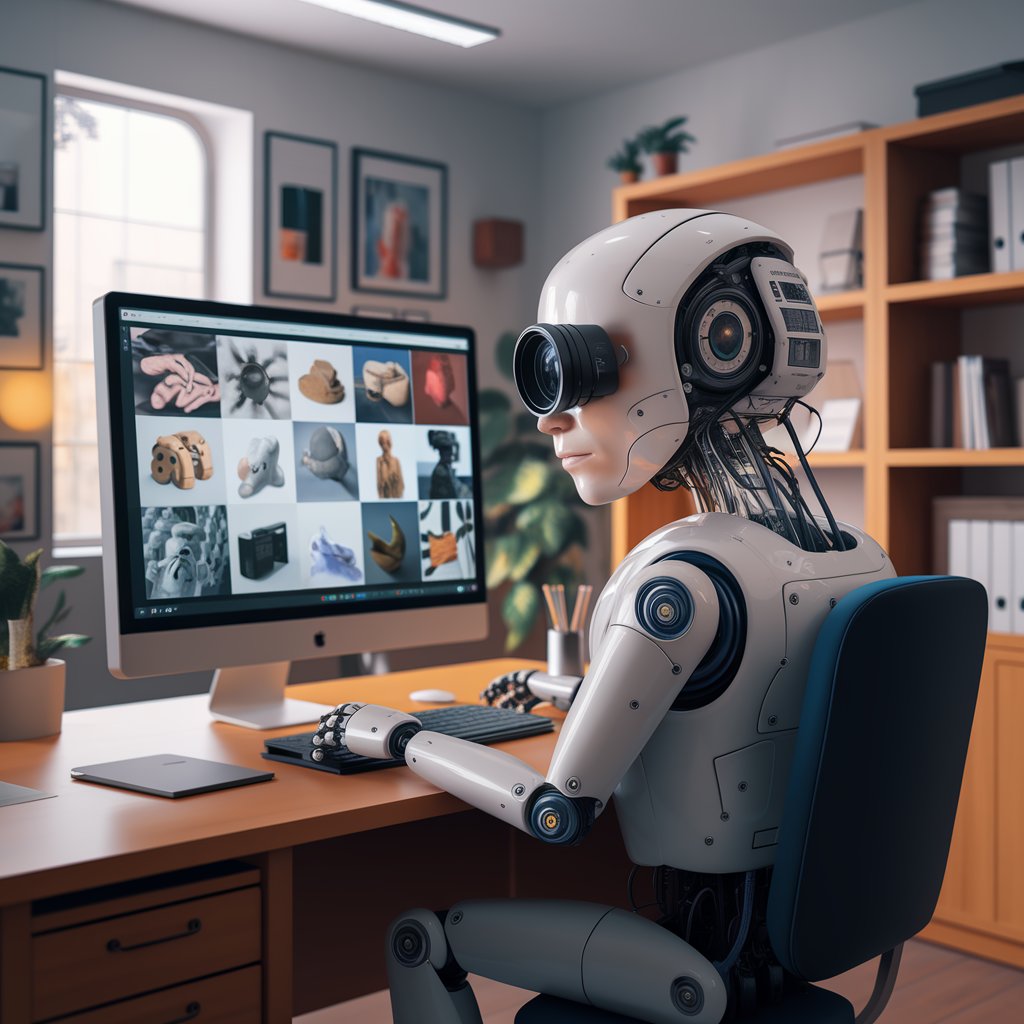The advent of artificial intelligence (AI) has revolutionized numerous sectors, with computer vision standing out as one of the most impactful applications. By enabling machines to interpret and understand visual information, AI in computer vision is transforming industries from healthcare to manufacturing. This article explores the key applications of AI in computer vision, highlighting its influence in healthcare, autonomous vehicles, surveillance, retail, and manufacturing.
The global AI in Computer Vision industry is expected to be valued at USD 17.2 Billion in 2023 and is projected to reach USD 45.7 Billion by 2028; it is expected to grow at a CAGR of 21.5% from 2023 to 2028.
Advancements in deep learning algorithms increased data availability, faster and cheaper computing power, and advancements in hardware technology like GPU and TPU are the driving factors of the AI in computer vision industry. Moreover, the market players are expected to benefit from the government’s initiatives aimed at supporting industrial automation and integrating AI into edge devices, creating profitable opportunities for them.
Applications of AI in the Computer Vision Industry are:
1. Healthcare and Medical Imaging
In the healthcare sector, AI-driven computer vision technologies are enhancing diagnostic accuracy and patient outcomes. Medical imaging techniques such as X-rays, MRIs, and CT scans benefit significantly from AI algorithms that can analyze images with exceptional precision.
Key Applications:
Disease Detection: AI systems can identify anomalies in medical images, such as tumors or fractures, far quicker than human radiologists. For instance, deep learning models are increasingly used to detect conditions like breast cancer in mammograms or diabetic retinopathy in retinal scans.
Image Segmentation: AI algorithms can segment images, allowing for a more detailed analysis of specific areas. This capability is crucial for treatment planning, particularly in oncology and surgical procedures.
Predictive Analytics: By analyzing historical imaging data, AI can assist in predicting disease progression, enabling early intervention and tailored treatment plans.
The integration of AI in medical imaging not only improves diagnostic efficiency but also reduces the workload on healthcare professionals, allowing them to focus on patient care.
2. Autonomous Vehicles and Navigation
The automotive industry is undergoing a profound transformation with the rise of autonomous vehicles (AVs). AI-powered computer vision plays a crucial role in enabling vehicles to navigate safely and efficiently.
Key Applications:
Object Detection and Recognition: Computer vision systems in AVs detect and classify objects such as pedestrians, other vehicles, and road signs in real time. This capability is essential for safe navigation and decision-making.
Lane Detection: AI algorithms help vehicles recognize lane markings and maintain proper positioning on the road, significantly contributing to the safety of autonomous driving.
Surround View Systems: Many modern vehicles employ 360-degree camera systems combined with AI to provide a comprehensive view of the surroundings, aiding drivers in parking and maneuvering in tight spaces.
As technology advances, the combination of AI and computer vision will continue to enhance the safety and reliability of autonomous vehicles, paving the way for broader adoption.
Download PDF Brochure @
https://www.marketsandmarkets.com/pdfdownloadNew.asp?id=141658064

3. Surveillance and Security Systems
AI-driven computer vision is revolutionizing surveillance and security, providing enhanced capabilities for monitoring environments and detecting threats.
Key Applications:
Facial Recognition: AI algorithms can identify individuals in real-time by analyzing facial features, making them invaluable for security and access control in public spaces, airports, and event venues.
Anomaly Detection: Computer vision systems can identify unusual behavior or activities in monitored areas, triggering alerts for security personnel. This application is particularly useful in retail environments to prevent theft and in public areas for crime prevention.
Automated Monitoring: AI systems can process and analyze video feeds continuously, reducing the need for human oversight and ensuring a more proactive approach to security management.
The integration of AI in surveillance systems enhances situational awareness and enables timely responses to potential threats, improving overall safety.
4. Retail and Customer Experience
In the retail sector, AI-powered computer vision is transforming the shopping experience, providing insights that help retailers understand consumer behavior and enhance customer satisfaction.
Key Applications:
Inventory Management: Computer vision systems can automatically monitor stock levels on shelves, alerting retailers to restock items before they run out. This capability streamlines inventory management and improves product availability.
Customer Behavior Analysis: By analyzing video feeds, retailers can track customer movement patterns, preferences, and engagement levels within stores. This information helps optimize store layouts and marketing strategies.
Augmented Reality Shopping: AI-driven computer vision is used in augmented reality applications, allowing customers to visualize products in their environment before making a purchase, thereby enhancing the shopping experience.
By leveraging AI in retail, businesses can create more personalized and efficient shopping experiences, ultimately driving sales and customer loyalty.
5. Manufacturing and Quality Control
The manufacturing industry is increasingly adopting AI-based computer vision solutions to improve production efficiency and ensure product quality.
Key Applications:
Quality Inspection: AI systems can identify defects in products on production lines, ensuring only high-quality items reach consumers. This capability reduces waste and increases customer satisfaction.
Predictive Maintenance: By monitoring equipment and analyzing visual data, AI can predict when machinery is likely to fail, allowing for timely maintenance and minimizing downtime.
Robotic Vision: Computer vision enables robots to perform tasks such as assembly and packaging with precision, enhancing automation processes in factories.
The application of AI in manufacturing not only streamlines operations but also contributes to significant cost savings and improved product quality.
The applications of AI in the computer vision industry are vast and varied, impacting numerous sectors significantly. From revolutionizing healthcare diagnostics to enhancing the efficiency of autonomous vehicles and retail experiences, the potential of AI-driven computer vision continues to grow. As technology evolves, we can expect even greater innovations that will further transform industries, drive efficiency, and improve quality across various domains. The ongoing investment in and development of these technologies will play a crucial role in shaping the future landscape of computer vision.
